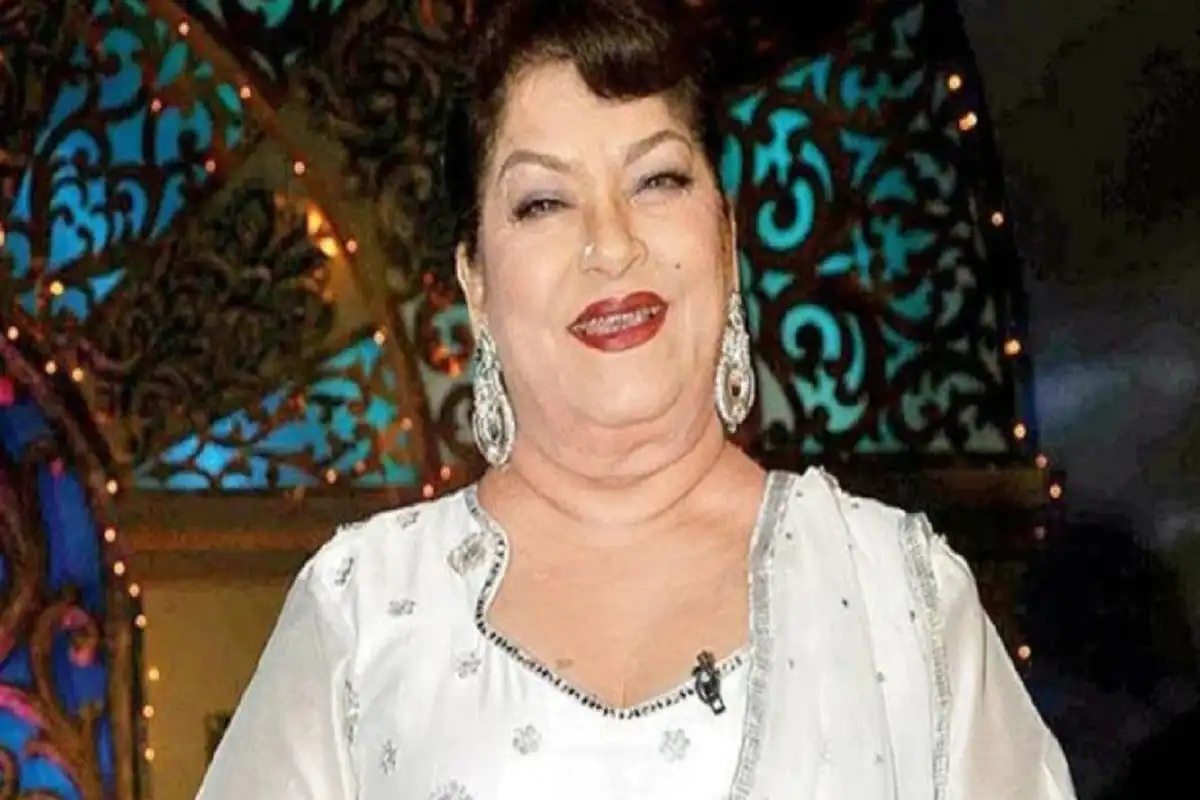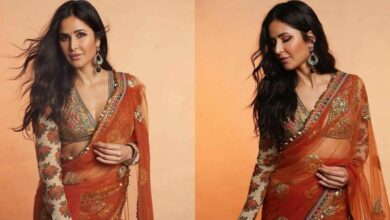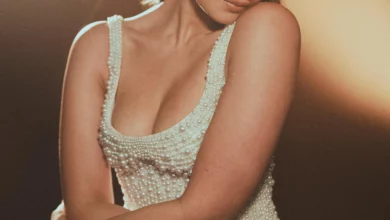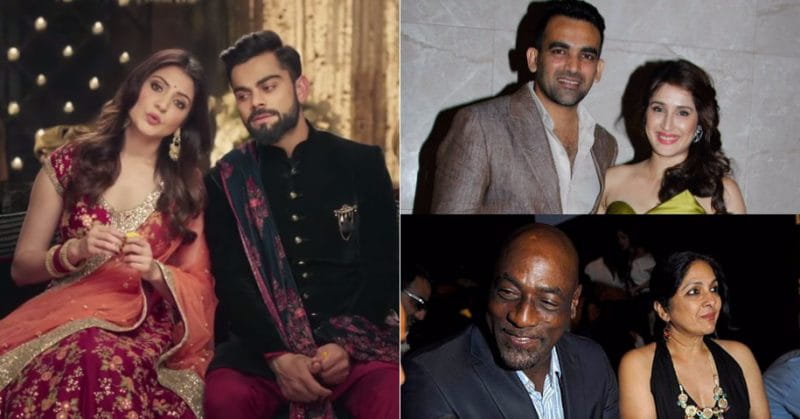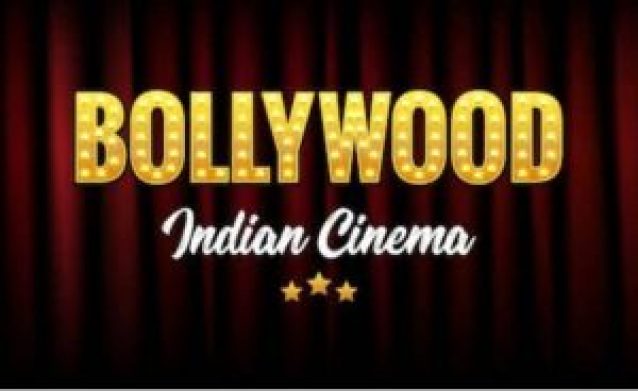
The Hindi film business in India with exceptional actors and actresses, presently referred to as Bollywood and once known as Bombay film, is focused in Mumbai (earlier Bombay). The term is a mix of the words “Bombay” and “Hollywood.” The business is connected to South Indian film and other Indian entertainment worlds, which make up Indian film, the world’s most significant component of film creation. Film historians consider the time after the Independence of India from the end of the 1940s to the early 1960s to be the Golden Age of Indian cinema. During this time, among the most critically praised Bollywood movies of all time were made.
A pioneer is a visionary who sees possibilities and is eager to try innovative ideas. A pioneer stretches the envelope to further a cause, a concept or set a new record. These females and males have achieved excellence in their areas, overcoming significant obstacles in some instances.
The top 10 pioneer actors and actresses of Indian Cinema are listed below. Here we go!
1. Fatma Begum
Fatma Begum founded her own production company, Fatma Films, in 1926, which was eventually rebranded Victoria-Fatma Films in 1928. Many of the other films under her name were written, directed, produced, and sometimes even starred in by her. She was not only the first female filmmaker, but she was also a forerunner of fantastical cinema, partnering with George Melies and others.

2. Anjuli Shukla
Anjuli Shukla was born in Lucknow and studied filmmaking at FTII. She worked as an apprentice in the Camera and Electrical Division. Anjuli also worked in Santosh Sivan on films like The Queen Of Flavors and Before The Rains. She also worked on Mani Ratnam’s Raavan and Raavanan as a second division camerawoman. Kutty Crank, a Malayalam cinema and was the debut to be directed by a woman, gave her her start.
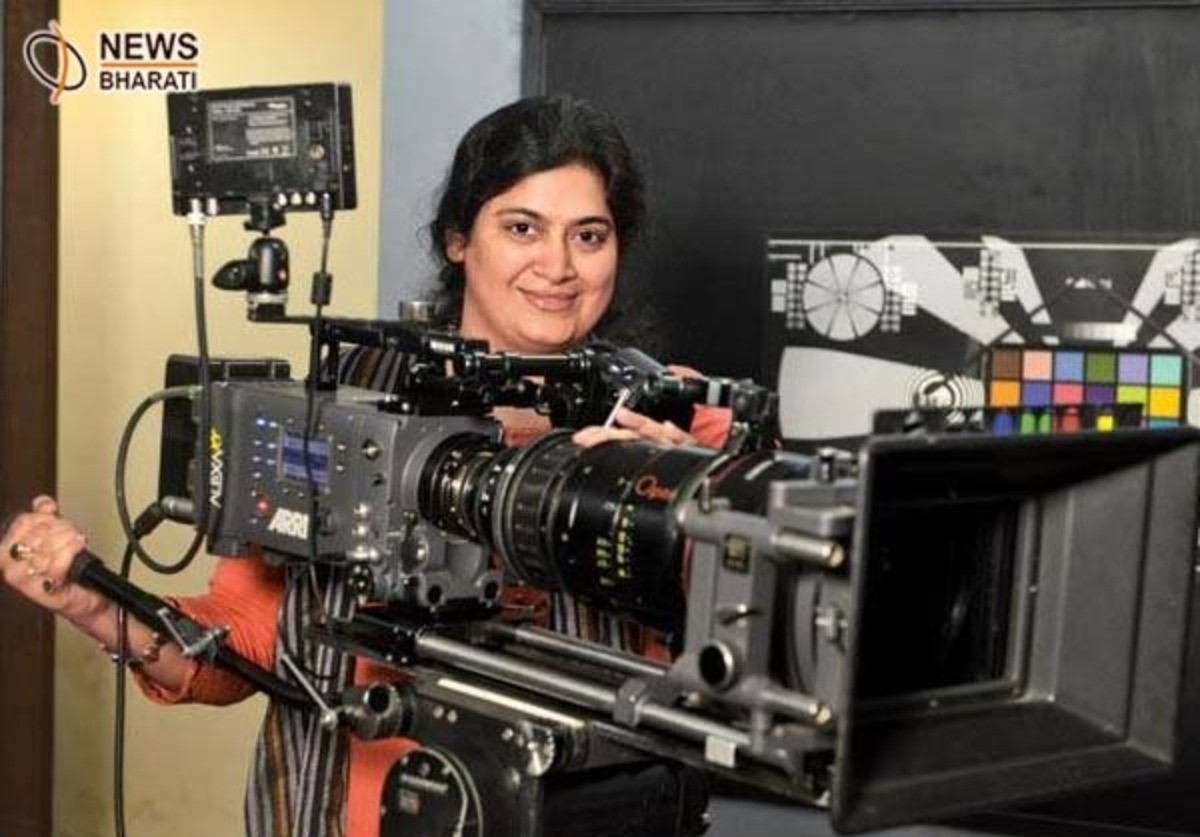
3. Nargis
For her portrayal in the 1967 film Raat Aur Din, iconic diva Nargis, recognized as one of Bollywood cinema’s best actors, became the first female to receive a National Award. Also, she was the first woman to win the National Award nomination For Best. She also starred in India’s debut Oscar nomination for Best Foreign Language Film, Mother India, in 1958.
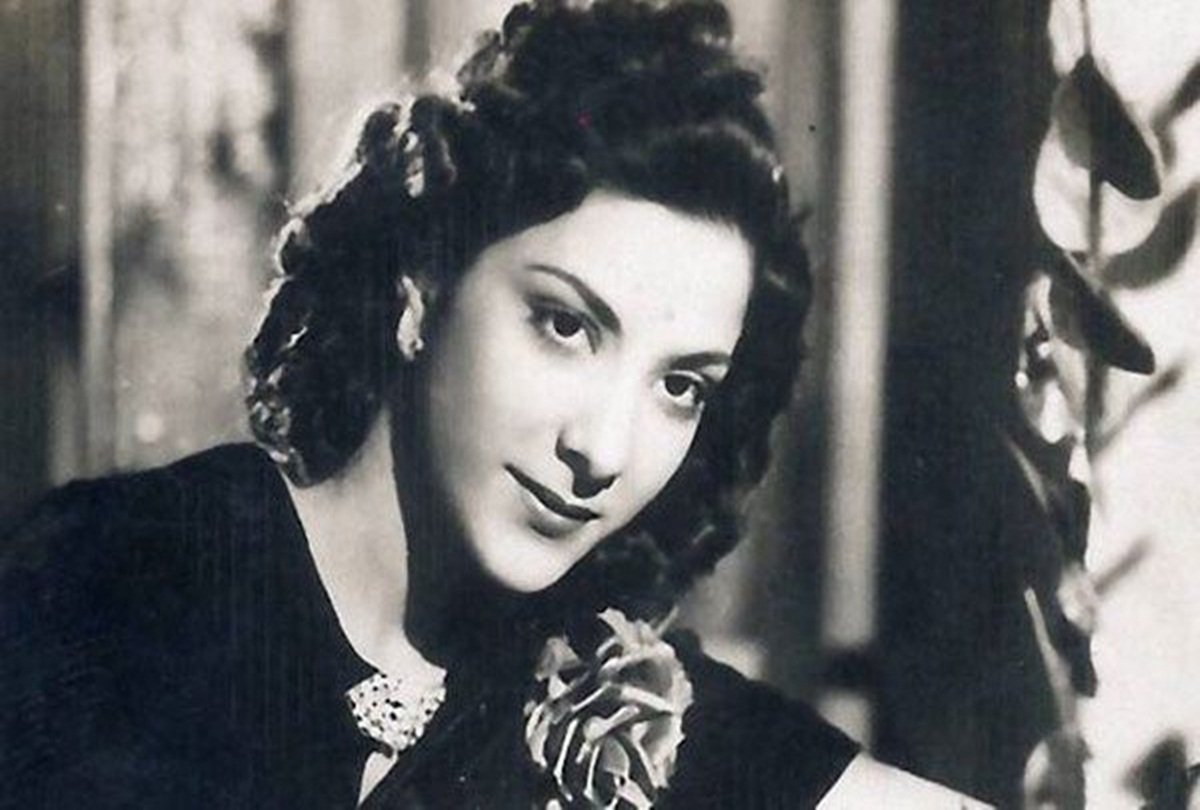
4. Saroj Khan
Saroj Khan was born Nirmala Nagpal and converted to Muslim at thirteen when she wedded B Sohanlal. Sohanlal was also a film choreographer. Therefore she learned choreography from him. In 1974, she produced her first movie, Geeta Mera Naam. However, she rose to prominence in the late 1980s due to her lengthy collaboration with Madhuri Dixit and Sridevi, both of whom insisted on cooperating with her.
5. Smita Patil
Smita Patil was a fantastic actor. Many of her brilliant performances are laser-focused on a few key elements. For example, Arth was about sensitivity and yearning. Jait Re Jait was all about perseverance and faith. Mirch Masala encapsulates her entire acting career. The shift is taking place from the small and intimate opening frames to the full blast upper registers at the end of the movie.
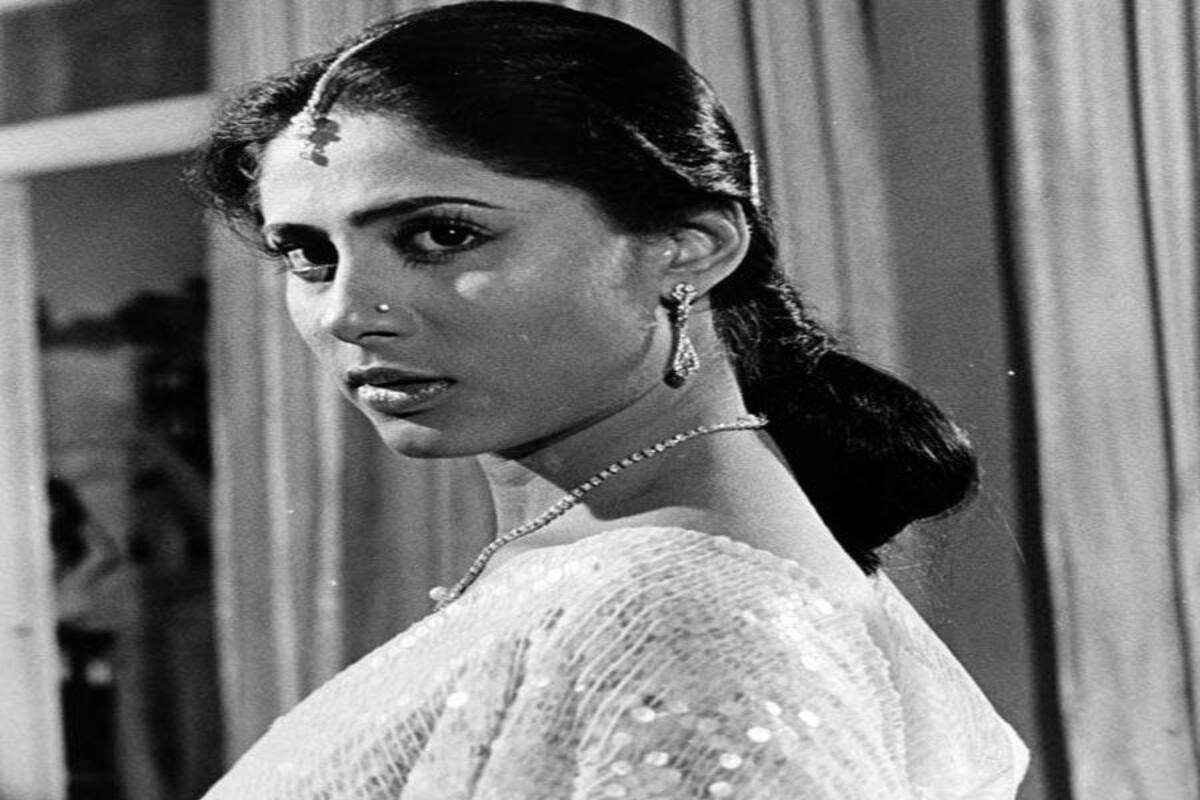
6. Dada Phalke
Dadasaheb Phalke is regarded as the pioneer of Indian cinema, having directed the first movie, Harishchandra, about the fabled emperor who never lied. He went on to create the first edition of the Mother India masterpiece. Dadasaheb Phalke, also known as Dhundiraj Govind Phalke, was an Indian film director born on April 30, 1870, in Trimbak, Imperial India [now] Maharashtra, India] and died on February 16, 1944, in Nashik, Maharashtra. Phalke is credited for directing India’s first feature film and establishing the burgeoning Indian cinema industry, well-known for Bollywood.
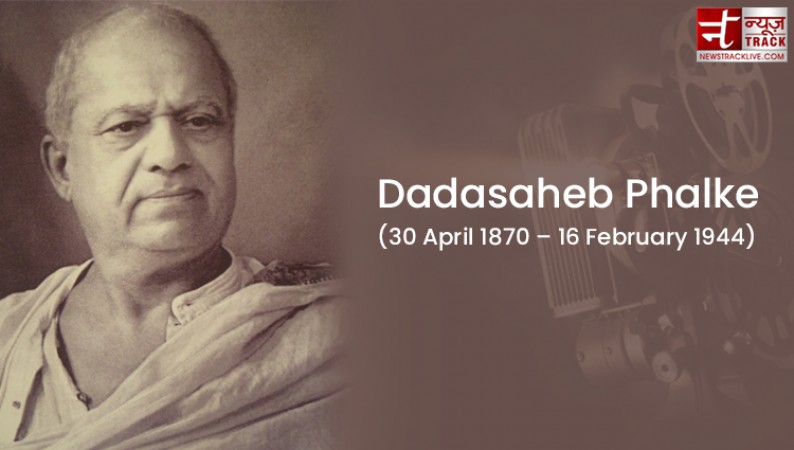
7. Balraj Sahni
The tone of most films concerning partition is enraged. In 1974, Balraj starred in the movie Garam Hawa (Scorching Winds). Garam Hawa is a melancholy and elegiac song. Sahni is the patriarch of a Muslim household that is disintegrating following India’s partition. He imbues his role with dignity, regret, and a lack of melancholy. Sahni was a skilled actor, which aided his performance.
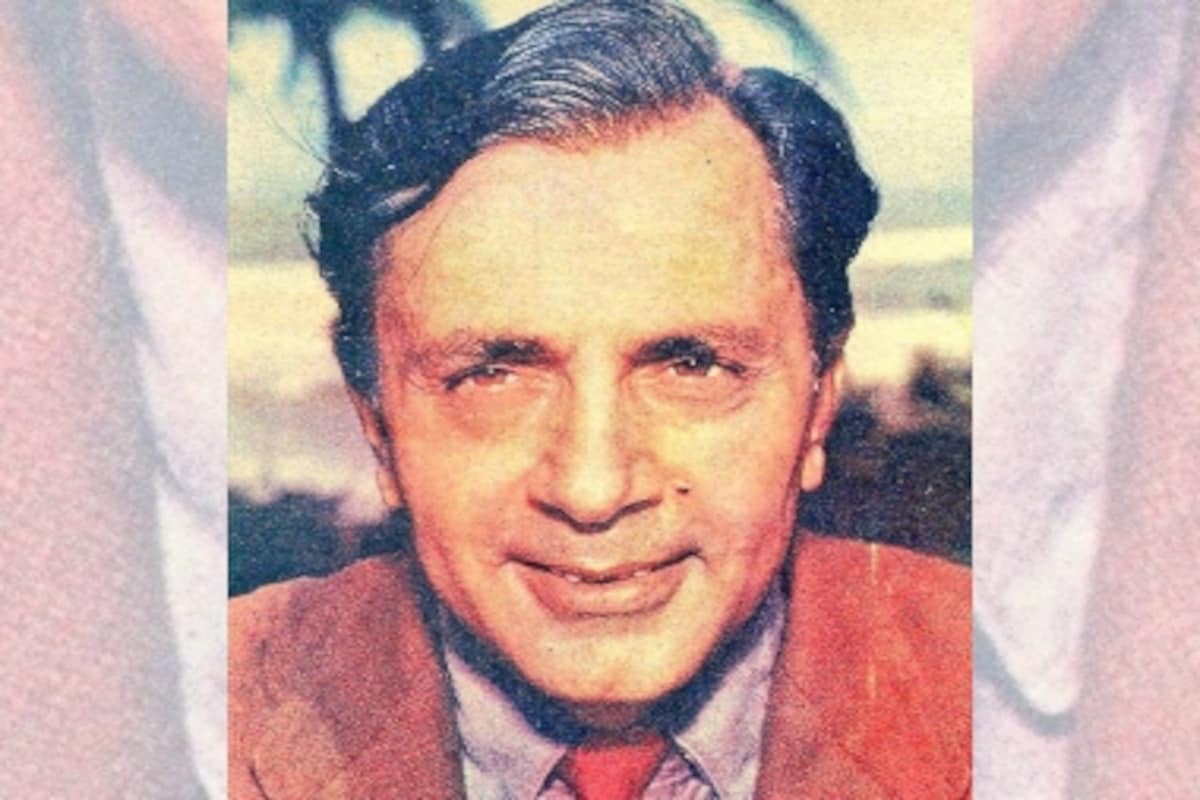
8. Amitabh Bachchan
In a career that spanned more than four decades, he has been dubbed the “Shahenshah of Bollywood,” “Star of the Millennium,” or “Big B.” He has acted across over 180 Bollywood cinemas. Bachchan is primarily considered to be one of the finest and most important actors in Indian movie history.
Bachchan’s breakout role came in Zanjeer, but the Vijay in that movie was furious and morose, and his acting centred on only one feeling: rage. He gathers the complete orchestra of anger in Deewar. Vijay, as played by Deewar, was stubborn, cool, confident, irrational, and pathos-filled.
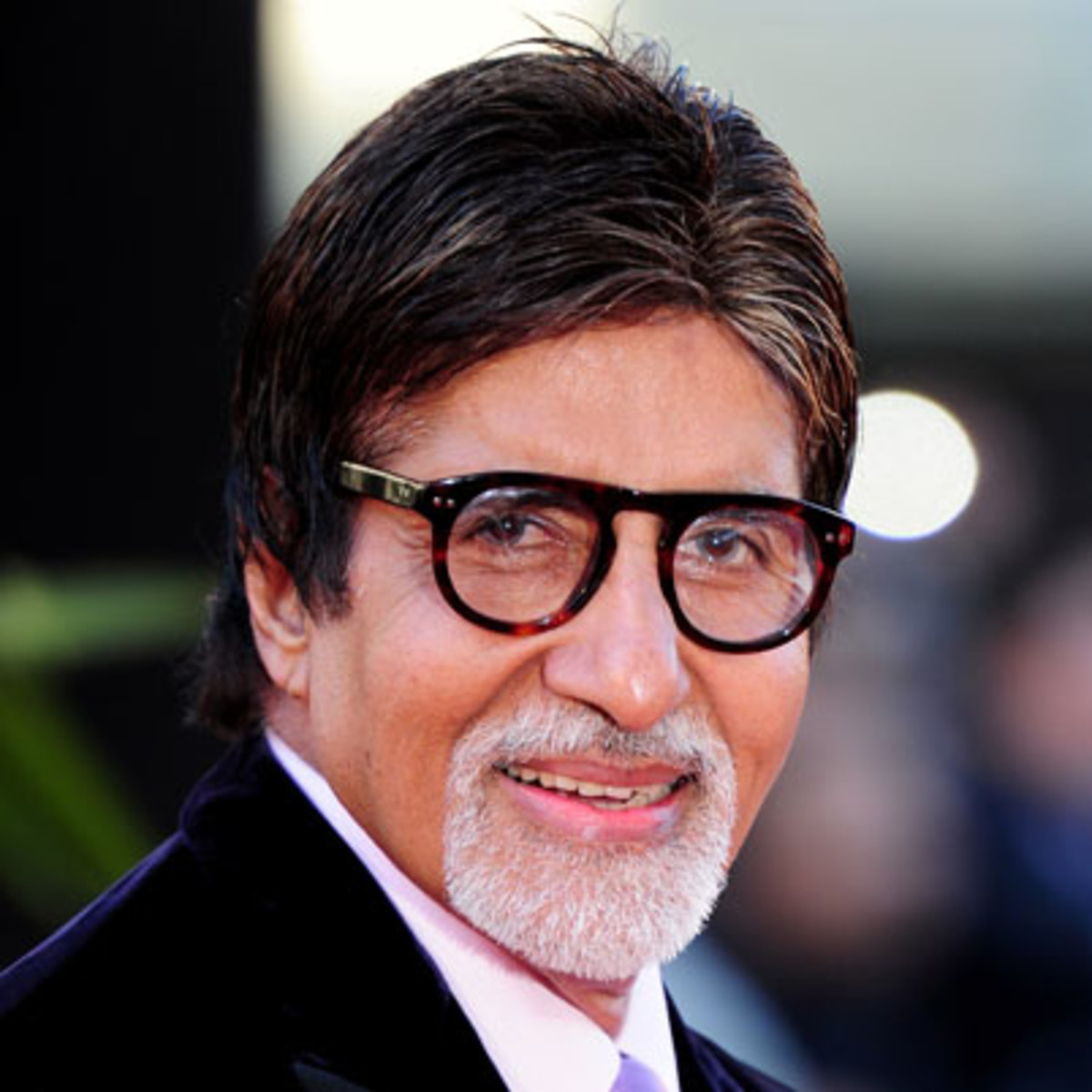
9. Amjad Khan
Amjad Khan’s bravura portrayal as a pump is a positive from the wilderness of Chambal has very few parallels in Bollywood. The rasping voice, the pompous swagger, the malicious chuckle, and that poisonous eye Khan reintroduced the venom into villainy in a one-of-a-kind performance.
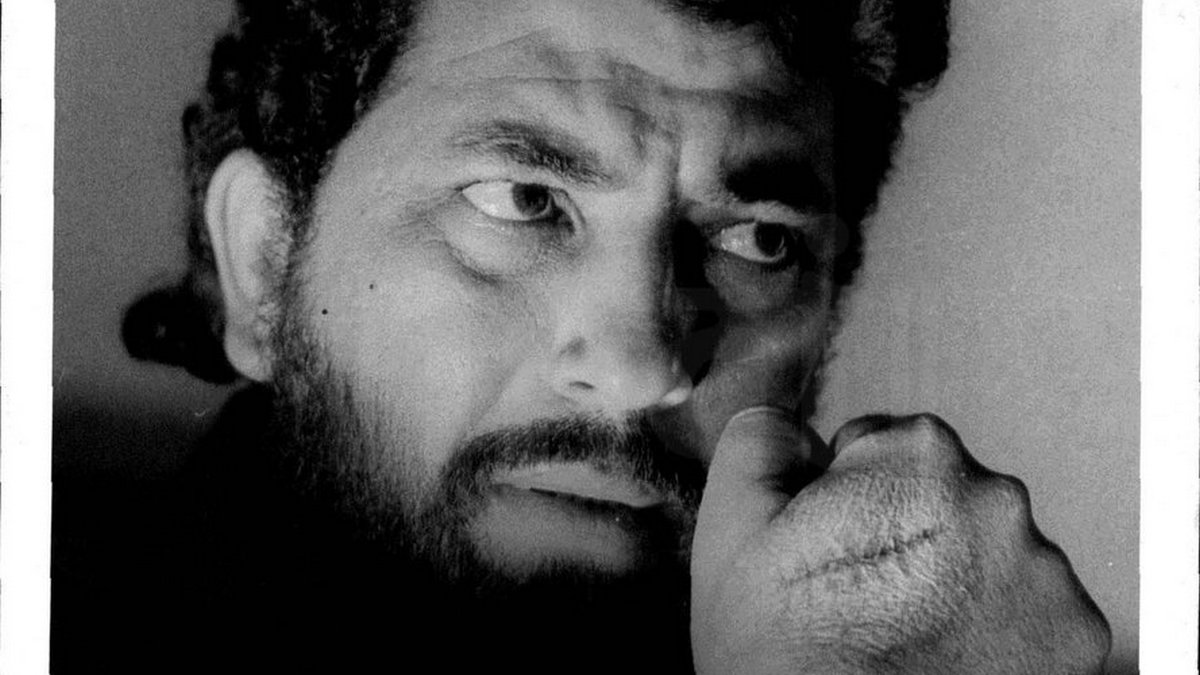
10. Nutan
In Bimal Roy’s classic, Nutan’s excellent portrayal of an estranged young lady who massacres her lover’s wife is possibly the best portrayal by a leading actor in Indian cinema. Nutan’s brilliance was in his ability to convey a complete variety of emotions without succumbing to over-the-top antics. The sequence wherein her face expresses contradictory emotions when she’s about to commit this crime is the pièce de résistance.
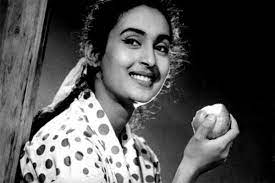
Conclusion
Bollywood’s most noteworthy impact has been on India’s public character, where (with the remainder of Indian film) it has become part of the “Indian story”. In India, Bollywood is regularly connected with India’s public personality. As per financial specialist and Bollywood biographer Meghnad Desai, “Film has been the most dynamic vehicle for revealing to India its own story, the tale of its battle for autonomy, its steady battle to accomplish public combination and to arise as a worldwide presence.
Edited by Prakriti Arora

